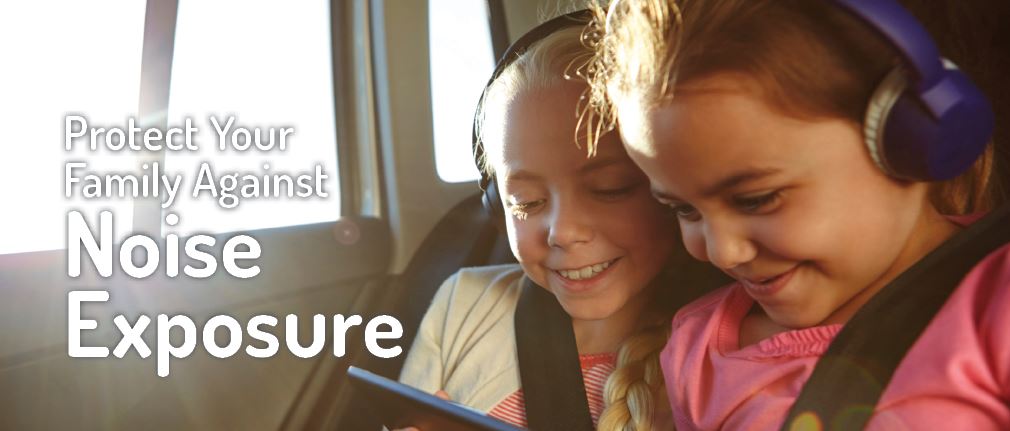
A majority of young people in the United States now use personal devices such as smart phones, laptops and tablets.
The summer brings greater leisure time and car trips where tech use is common. While there is a lot of fun to be had, this is a good time to practice safe listening as well.
The World Health Organization reports that half of young people (ages 12-35) listen to unsafe levels of sound through their personal audio devices. It is critical that parents, healthcare providers, and educators prioritize teaching and enforcing safe listening practices, particularly when children are using these devices with ear buds or headphones.
It is now known that loud noise can cause both mechanical and metabolic damage to the cells of the inner ear. Recent research concludes that even “temporary” noise-induced hearing loss actually leaves behind auditory deterioration that manifests as tinnitus, hyperacusis, and difficulty understanding in background noise.
Fortunately, noise-induced hearing loss is the one type of hearing loss that is completely preventable. However, once it occurs, it is irreversible. Hearing loss can impact a young person’s academic and social success, as well as future vocational choices. By teaching safe listening habits early, when technology is first introduced, parents can help preserve their children’s hearing for a lifetime.
4 Tips to Protect Children’s Hearing
Turn Down the Volume
A good guide is half volume. Start with the volume low, and turn it up only as high as necessary to hear comfortably. If listening with earbuds prevents a person from hearing nearby sounds, the volume is probably too loud.
Likewise, if a child is wearing earbuds and a parent is able to hear the sound playing while standing next to them, it is too loud
Technological interventions, such as volume-limiting software and on-screen warnings, can help.
When listening in noisy environments, use of noise-cancelling or sound-isolating earphones also keeps preferred volume levels lower.
Take Listening Breaks
Give ears a rest. For example, after listening for an hour, take a long break. Risk of hearing loss is not only influenced by how loud sounds are, but also by how long sounds last.
Educate
Talk to young people about noise and hearing loss. There are a number of online educational resources designed for young people, such as Dangerous Decibels and Turn it to the Left:
dangerousdecibals.org
turnittotheleft.com
Model Safe-Listening Habits
Demonstrate these behaviors yourself. Children mimic and learn from their parents, so be a role model for safe listening.
With support, young people can learn how to enjoy personal audio devices safely and protect their hearing for a lifetime.